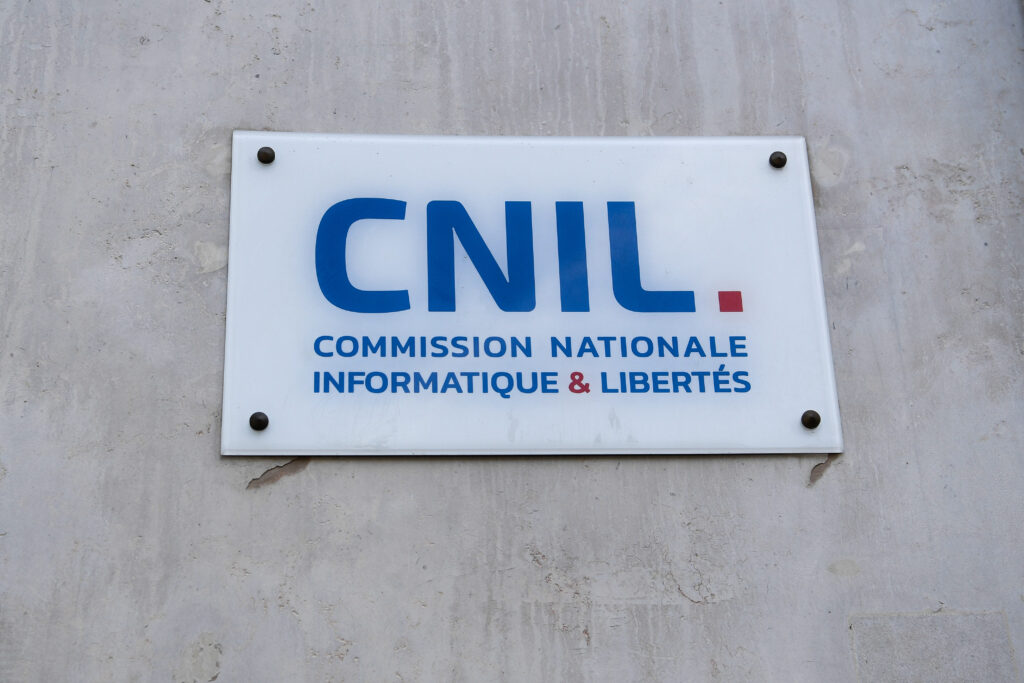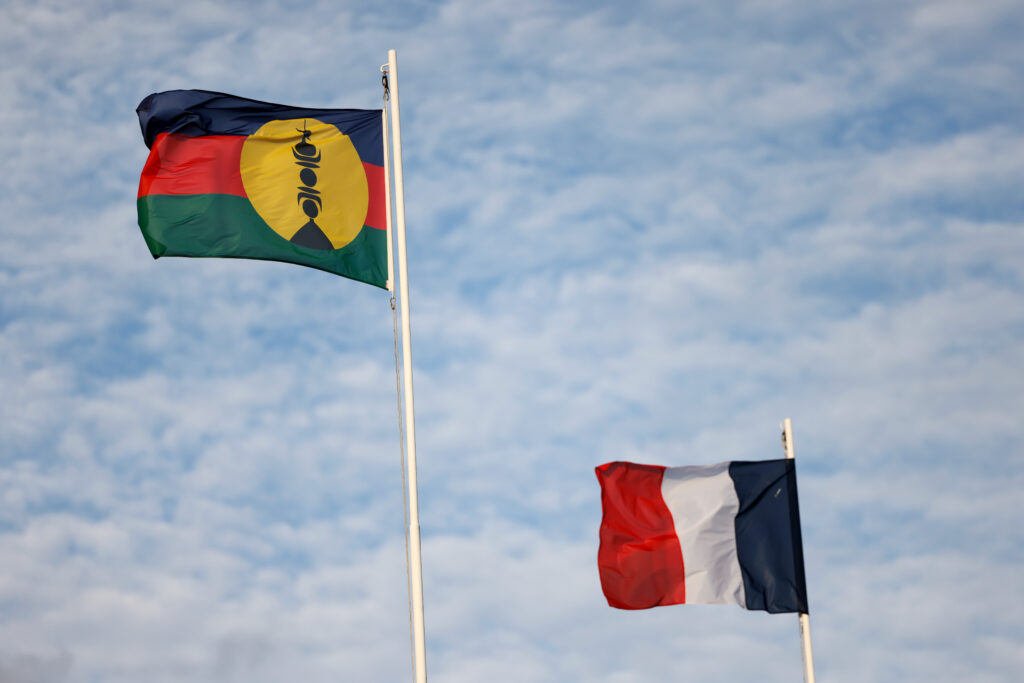Le Paris SG a été condamné à verser près de 61 millions d’euros à son ancienne star Kylian Mbappé, mardi par les prud’hommes de Paris, une victoire pour l’attaquant du Real Madrid qui dénonçait des salaires, primes et congés impayés à l’issue de son contrat en 2024.”Le Paris Saint-Germain prend acte du jugement prononcé par le Conseil des prud’hommes de Paris, qu’il exécutera, tout en se réservant le droit de faire appel”, indique le club dans un communiqué.”Le PSG a toujours agi de bonne foi et avec intégrité” “et souhaite au joueur le meilleur pour la suite de sa carrière”, ajoute-t-il.La décision a été prononcée à 13H00 dans une grande salle du Conseil des prud’hommes à Paris, où se sont pressés des dizaines de journalistes pour ce dossier très médiatisé, en plus des légions d’avocats mobilisées de part et d’autre.La présidente du conseil composé de deux représentants des employeurs et deux représentants des salariés, a énuméré diverses sommes correspondant peu ou prou, au total, aux 55 millions de salaires et primes impayées par le club au joueur à leur séparation tumultueuse, à l’été 2024. Les six millions d’euros de plus correspondent aux congés payés.Le conseil a assorti cette décision de l’exécution provisoire, ce qui signifie que le PSG va devoir payer immédiatement, même s’il décidait de faire appel.Les parties recevront la notification de la décision “en fin de semaine ou la semaine prochaine”, a appris l’AFP de source proche du dossier. Celle-ci permettra au club d’étudier les moyens de faire appel.Dans l’autre camp, “les conseils de M. Kylian Mbappé prennent acte avec satisfaction de la décision rendue ce jour par le Conseil de prud’hommes”, ont-ils déclaré dans un communiqué. “Ce jugement confirme que les engagements pris doivent être respectés. Il rétablit une vérité simple: même dans l’industrie du football professionnel, le droit du travail s’impose à tous.”La requalification en contrat à durée indéterminée (CDI) des contrats à durée déterminée (CDD) du joueur a en revanche été rejetée par le conseil des prud’hommes.- Protéger l’institution -Les avocats de Mbappé s’étaient appuyés sur cette demande de requalification, notamment, pour demander 263 millions d’euros, un surplus qui a été rejeté. En revanche, le PSG va devoir informer ses fans de sa condamnation en première page de son site internet, pendant un mois.Pour leur part, les demandes du PSG, chiffrées à 440 millions d’euros, pour notamment préjudice à l’image, perte de chance pour transférer le joueur, ou mauvaise foi dans l’exécution d’un accord daté d’août 2023 (en vue de prolonger son contrat), ont été intégralement rejetées.Au départ, c’est le capitaine des Bleus qui, après avoir cherché en vain à obtenir devant les instances sportives 55 millions de salaires et primes impayés à la fin de son contrat à l’été 2024, a assigné le PSG devant les prud’hommes.Le PSG, lui, s’appuyait sur l’existence établie, selon lui, d’un accord verbal entre les deux parties à l’été 2023 pour que le joueur, appelé à partir libre – c’est-à-dire sans indemnité de transfert pour le PSG – ne lèse pas financièrement son employeur “après l’investissement exceptionnel consenti”.Après des tentatives de conciliation, il s’agissait désormais de protéger l’institution face à un comportement du joueur jugé déloyal, expliquait avant le jugement un proche de la direction du PSG, conscient que le club avait de bonnes chances d’être condamné.- Mise à l’écart du groupe -Et de fait, la décision de mardi est un revers en bonne et due forme pour le PSG, même si le club s’efforce de tourner la page de l’ère Mbappé, ce qui a été rendu plus facile par le titre en Ligue des champions obtenu le 31 mai dernier.Le litige empoisonne les relations entre les deux parties depuis deux ans et demi. L’attaquant, au PSG depuis l’été 2017, avait été mis à l’écart du groupe professionnel au début de la saison 2023-2024 par le PSG car il voulait aller au terme de son contrat sans le prolonger. Un choix qui privait le club parisien d’une juteuse indemnité de transfert.Mbappé avait finalement été réintégré après la première journée du championnat. Mais à l’annonce aux dirigeants, en février 2024, de la confirmation de son départ à venir, la relation s’est encore un peu plus refroidie.Le départ du meilleur buteur de l’histoire du club avait eu lieu au printemps, sans faste et autre évènement public que l’organisation, par les “ultras” de la tribune Auteuil, d’un hommage de quelques minutes après un match.





